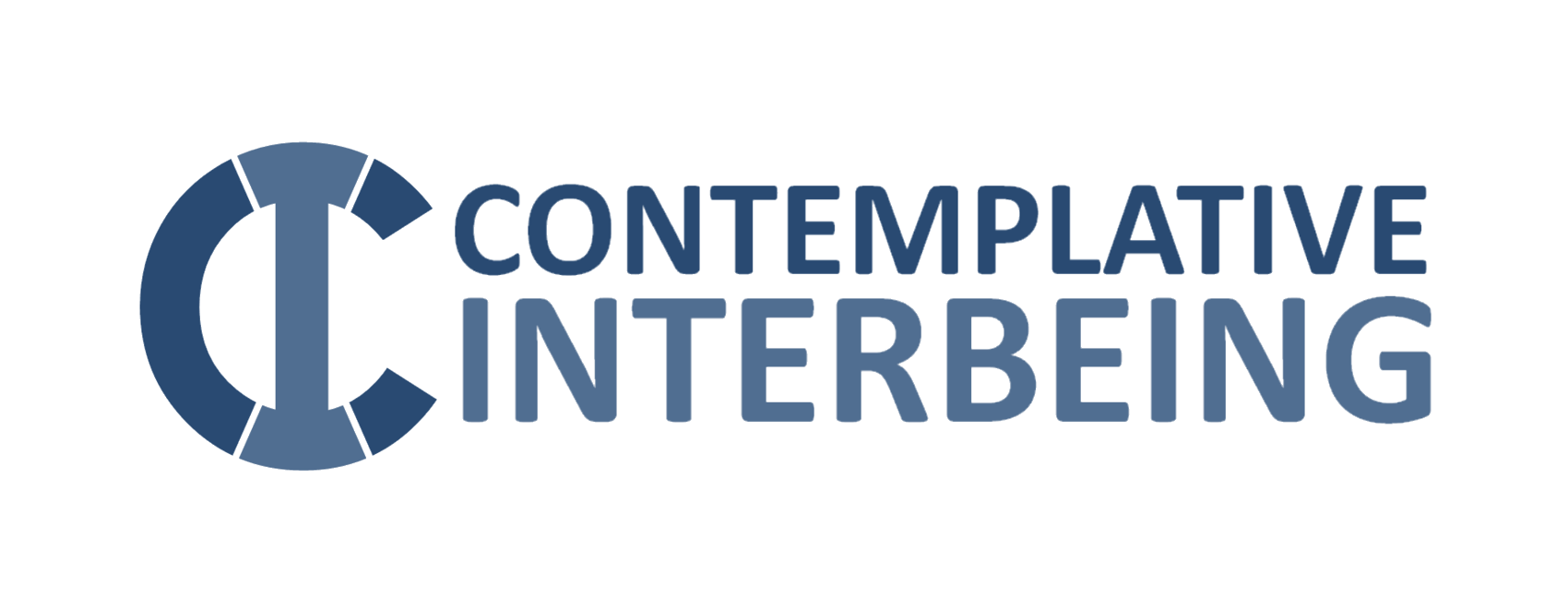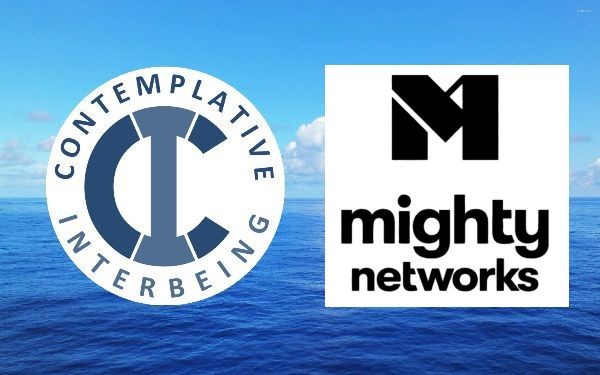We find ourselves living in a time of profound disconnection from the animated cosmos that surrounds us. Our modern minds, trained in rationality and skepticism, have often created a sterile universe where mystery feels distant and ancestral wisdom seems like superstition. Yet deep within our bones, we carry memories of sitting around fires under star-filled skies, asking the eternal questions that have haunted and inspired humanity since our beginning.
We are discovering that our attempts to flatten and sanitize reality have left us spiritually malnourished. In our rush to deconstruct harmful religious fundamentalism, we have sometimes stumbled into an equally rigid secular fundamentalism that leaves no room for mystery, wonder, or the whispers of our ancestors. But we are beginning to remember that we never walk alone – that the cosmos is crowded with presence, alive with meaning, saturated with spirit.
Our DNA carries stories we have forgotten. When we take the time to investigate our ancestral lineages, we often discover surprising connections to cultures and traditions that challenge our assumptions about who we are. These discoveries remind us that the category of “whiteness” or any racial construct is a recent invention that masks the rich tapestry of human heritage. We all come from people who had practices, rituals, and ways of seeing that were far more nuanced than our modern categories allow.
We are learning to pay attention to our dreams again, recognizing them not just as random neural firing but as rivers of meaning through which our ancestors can still speak to us. When we quiet our minds and open our hearts, we find that the boundary between ordinary and extraordinary reality becomes more permeable. Synchronicities and meaningful coincidences appear not as mere statistical anomalies but as glimpses of a universe that is conscious and responsive to our presence.
We are rediscovering the power of place – that certain locations hold memories and meanings that transcend time. When we visit sites of historical significance or personal meaning, we sometimes feel the weight of accumulated human experience and the presence of those who came before. These are not mere poetic metaphors but real encounters with the sacred geography that shapes our spiritual landscape.
In our spiritual practices, we are learning to move beyond rigid either/or thinking about divine sovereignty versus human free will. We are embracing the mystery of co-creation, where our choices and actions matter deeply while still being held within a larger divine pattern. Through meditation and contemplative practice, we are opening channels of communication with realms of meaning that our rational minds alone cannot access.
We are beginning to understand shamanic traditions not as primitive superstition but as sophisticated systems for navigating between visible and invisible realms. When we look at religious figures through this lens, we see patterns of healing, mediating, and bridge-building between worlds that speak to timeless human needs and experiences. These practices remind us that the cosmos has always been crowded – we have simply forgotten how to see its many inhabitants.
Our relationship with darkness is being transformed. Rather than seeing it only as something fearful or negative, we are remembering its nurturing and generative qualities. Like seeds germinating in dark soil or babies growing in the darkness of the womb, some forms of transformation require the protection and mystery of darkness. We are learning to trust these dark passages in our spiritual lives rather than rushing to dispel them with artificial light.
We are recovering the wisdom of circular rather than linear time. Death is not an endpoint but a transition, and those who have gone before us remain present in ways our modern minds struggle to articulate. When we open ourselves to this understanding, we often find comfort and guidance from ancestral presence, especially in times of transition or difficulty.
Our academic knowledge need not conflict with spiritual experience – they can inform and enrich each other. While we value intellectual rigor, we are learning that some forms of knowing transcend rational categories. Our lived experience of mystery and meaning deserves respect alongside our analytical understanding.
We are recognizing that modern religious practice often feels hollow because it has been stripped of its mystical elements. Many of us hunger for deeper connection, for genuine encounter with mystery, for practices that engage our whole beings rather than just our minds. This hunger points us toward the recovery of ancient wisdom that never fully disappeared but has been waiting patiently for us to remember.
As we open ourselves to mystery, we find that it requires a certain surrender of our need to control and categorize everything. This surrender isn’t about abandoning discernment or critical thinking, but about making space for experiences and understandings that transcend our usual categories. We are learning to hold both our rationality and our mystical experiences in creative tension.
We stand at a threshold moment in human history, where the recovery of ancient wisdom and the insights of modern knowledge have the potential to create new syntheses. Our task is not to reject either tradition or innovation, but to weave them together in ways that serve life and deepen meaning. This requires us to remain humble before mystery while still exercising our gifts of reason and discernment.
In the end, we are remembering that we live in a universe that is alive, conscious, and filled with presence. Whether we acknowledge it or not, we are surrounded by a great cloud of witnesses – ancestors, spirits, and manifestations of the divine in countless forms. As we open ourselves to this reality, we find that our lives become richer, our sense of isolation diminishes, and our capacity for wonder and awe expands.
This is not a journey backward into uncritical acceptance of everything traditional, but forward into a more mature understanding that makes room for both mystery and reason, both ancestral wisdom and new discoveries. We are learning to live in the creative tension between visible and invisible realms, between knowledge and wonder, between the tangible world of our senses and the vast unseen dimensions that interpenetrate it. In this learning, we find ourselves more fully human, more deeply connected, and more authentically ourselves.
SUMMARY
The crowded cosmos reveals itself as an animated reality where ancestral presence, spiritual wisdom, and mystery interweave with daily life. Every human lineage traces back to people who contemplated existence around fires, sharing stories and spiritual understanding. Modern tendencies toward sterile, rationalistic worldviews can disconnect people from this rich heritage, but tools like DNA testing offer pathways to reclaim cultural roots. Dreams serve as channels for ancestral communication, while sacred places hold memories and spiritual significance. The divine operates through co-creation with humanity, accessible through spiritual practices and meditation. Shamanic traditions recognize intermediaries who help navigate between realms, demonstrated historically through healing and spirit communication. The cosmos remains perpetually crowded with ancestral presence, whether acknowledged or not, while darkness holds multiple meanings including nurturing and transformative aspects. Indigenous wisdom preserves understanding of special connections between elders and children, maintaining ritual practices that bridge physical and spiritual realms. Mystery manifests through synchronicities and meaningful coincidences, though modern religious practice often lacks these mystical elements. While academic knowledge provides valuable insights, it need not negate spiritual experience. Ancestral presence offers comfort during transitions, including death, recognizing that the divine dwells in both light and darkness. Traditional cultures maintain circular rather than linear views of life and death, understanding that opening to mystery requires releasing preconceived notions about reality.
KEY POINTS
- Everyone’s ancestors once sat around fires telling stories and contemplating existence
- Living in a “flat” or sterile worldview can disconnect us from mystery and ancestral wisdom
- DNA testing can help people reclaim their cultural and ancestral roots
- Dreams serve as metaphorical rivers through which ancestors communicate
- The divine engages in co-creation with humanity rather than pure sovereignty
- Spiritual practices and meditation help open pathways to ancestral connection
- Sacred geography and physical places can hold memories and spiritual significance
- Shamanic traditions recognize intermediaries who help people navigate spiritual realms
- Religious figures often demonstrated shamanic qualities through healing and communication with spirits
- The cosmos is inherently crowded with ancestral presence, whether acknowledged or not
- Darkness contains multiple meanings, including nurturing and transformative aspects
- Indigenous wisdom teaches that children share special connections with elders
- Cultural practices and rituals maintain connections between physical and spiritual realms
- Mystery manifests in everyday life through synchronicities and meaningful coincidences
- Modern religious practice often lacks mystical elements that could reinvigorate faith
- Academic knowledge shouldn’t negate spiritual experience
- Ancestral presence provides comfort in times of transition and death
- The divine dwells in both light and darkness
- Traditional cultures recognize circular rather than linear views of life and death
- Opening to mystery requires letting go of preconceived notions

